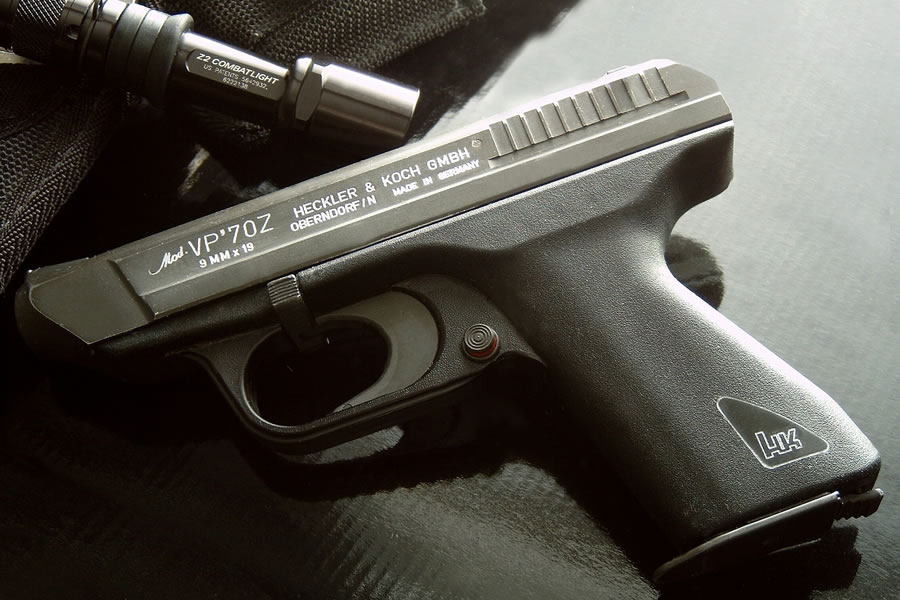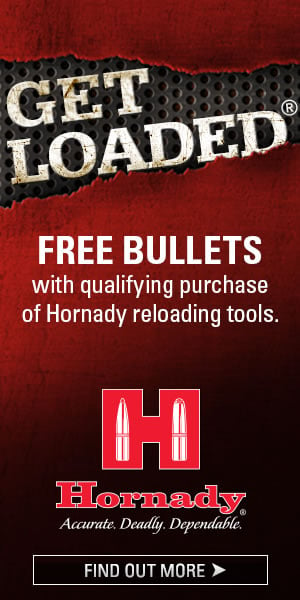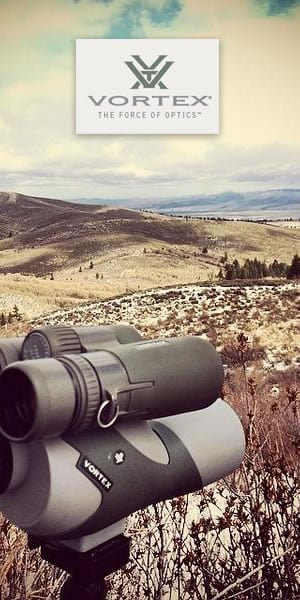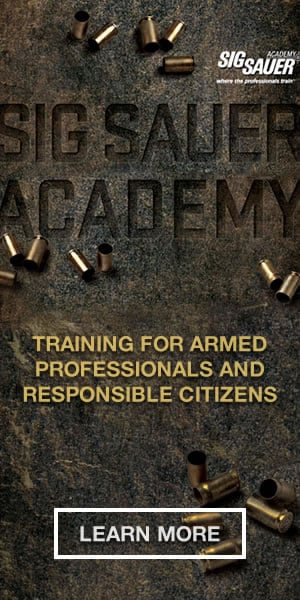HK is one of those international companies that are truly legendary, even though in relative terms, it hasn't been around as long as companies like Beretta or Walther.
Founded in 1948, HK has produced some very innovative and legendary firearms that have features not found in any other guns. Their legendary status has also been built because of the people that are known to carry and use them-like the U.S. Navy SEALs, as well as SWAT and special operations teams from the world over. However, like every other company on the planet, not all of HK's designs have achieved commercial success-even though they might have deserved it.
The first HK product I ever encountered was the HK VP70-a handgun too ahead of its time. The VP70 was the first commercially produced polymer framed handgun-introduced some 12 years ahead of the Glock 17.
 The HK VP70 was introduced in 1970, and was the first striker-fired semi-automatic pistol.
The HK VP70 was introduced in 1970, and was the first striker-fired semi-automatic pistol.
Introduced in 1970, the VP70 was also the first double-action-only trigger design in a semi-automatic pistol. But what made the VP70 really unique was that it was capable of three-shot burst fire via a selector switch, which gave the VP70 an astonishing rate of fire of 2200 rounds per minute. The VP70 came with a combination holster/shoulder stock in the style of the much older "Broom Handle" Mauser pistol. It was the first striker fired semi-automatic pistol.
I had the opportunity to handle, but sadly not fire, a VP70 owned by a friend of mine. It was large and ungainly, and certainly not good as a police duty pistol even if I could afford one. And, in 1980, it looked too futuristic. Likely for those same reasons (plus it required a federal tax stamp to own one) the VP70 was not a commercial success. The semi-auto only versions did not fare much better.
The first HK pistol I actually got to fire was the HK P7. Also striker fired, it was produced from 1979 to 2008, and used a unique "squeeze cocking" mechanism. The cocking lever, located at the front of the frame, had to be gripped firmly to cock the single action trigger. Releasing it de-cocked the mechanism. The cocking lever also served as the slide release. The P7 operated off a unique gas delayed blowback operating system rather than recoil energy.
The P7 was very accurate. One of my buddies still has one he carried as a probation officer. The P7 design saved a few officers from being shot by their own guns, as the miscreants that grabbed their guns didn't realized that the cocking lever had to be activated before firing. The New Jersey State Police were the first major U.S. agency to adopt the P7 as their duty pistols. My former Sheriff also carried one as his duty pistol.
While an innovative design, it too, was a bit too unconventional for most conventional police forces, and did not achieve widespread popularity. It is a collector's piece today.
The new HK VP9 is a very conventional semi-automatic combat pistol design, and HK's first striker fired handgun since the P7. I tested one of the Vance Outdoors rental VP9's-a full size all black basic model-at their indoor range. As a side note, any firearm long or short that can stand up to being a rental gun is worthy of your full consideration. They go through a lot of rounds shot by a lot of people.
I examined the VP9 before firing, since I hadn't read any information about it in the past. I really liked what I saw.
The VP9 starts with a reinforced polymer grip frame that ships with three interchangeable backstraps to size it precisely to the owner's hand. I am going to assume the size on my test gun was the smallest size, which on most guns of this type fits my medium sized hands just fine. Overall weight is an easy handling 25.56 ounces.
The grip frame is engineered with the dimensions of the human hand clearly in mind. A unique stippling pattern wraps around the grip covering the sides, front strap and rear strap. The front strap features slight finger grooves to assure a consistent grip each time the VP9 is grasped. The front of the frame features Mil-Spec Picatinny railing up front, rather than the proprietary railing of older HK designs. The backstrap is curved the help the grip melt into the back of your hand. The VP9's grip is about as good as it gets.
The VP9's trigger features the now common lever type safety in the center. There is no additional manual safety currently available. The magazine release is the typical ambidextrous HK lever style, which is pushed down, rather than in. When working with this type of mag release, I find that it is easier for me to drop the magazine by using my trigger finger to push it down, rather than my thumb. But you will have to see how it works out for you.
Speaking of ambidextrous, the slide release is also ambidextrous, although the levers don't look remotely like each other-but they both are easy to hit and operate. The magazines are steel with a polymer base plate. I really prefer steel mags in handguns with polymer grip frames-they eject briskly without resistance. Capacity if 15 rounds.
Up top, the steel slide is protected by HK's "Hostile Environment" finish. There are front and rear cocking serrations as well as an excellent innovation that HK calls "Charging Supports". The Charging Supports are two vertical bars at the rear that make grasping the slide using a slingshot grips a cinch. They are simply one of the slickest innovations I've seen on a modern combat pistols.
At the rear of the slide is a striker cocking indicator which is colored red and protrudes noticeably when the pistol is cocked. The sights are fixed three dot. Night sights are an available option.
I tested the HK VP9 using American Eagle 115 grain FMJ ammunition. The trigger is one best that I have found on any of the current breed of polymer handguns-a short takeup coupled with a crisp let off.
I tested the VP9 for accuracy at 30 feet, then at 20 feet, firing two hand standing unsupported. My very first group-10 rounds at 30 feet, end up all in the center of "heart" area of the silhouette in a group measuring 2.5 inches. At 20 feet my best group of five shots measured one inch in diameter. This level of accuracy was no doubt achievable in part because of HK's 4.09 inch cannon steel, cold hammer forged barrel with a polygonal rifling profile for increased accuracy and velocity.
I really like the HK VP9. HK built upon their early experience and pioneering efforts and ended up with what can arguably be called the "best of the breed" in the modern polymer, striker fired handgun stable. The HK VP9 is also available as the VP9SK compact model, and the VP40 variant in.40 caliber along with a number of other models.


